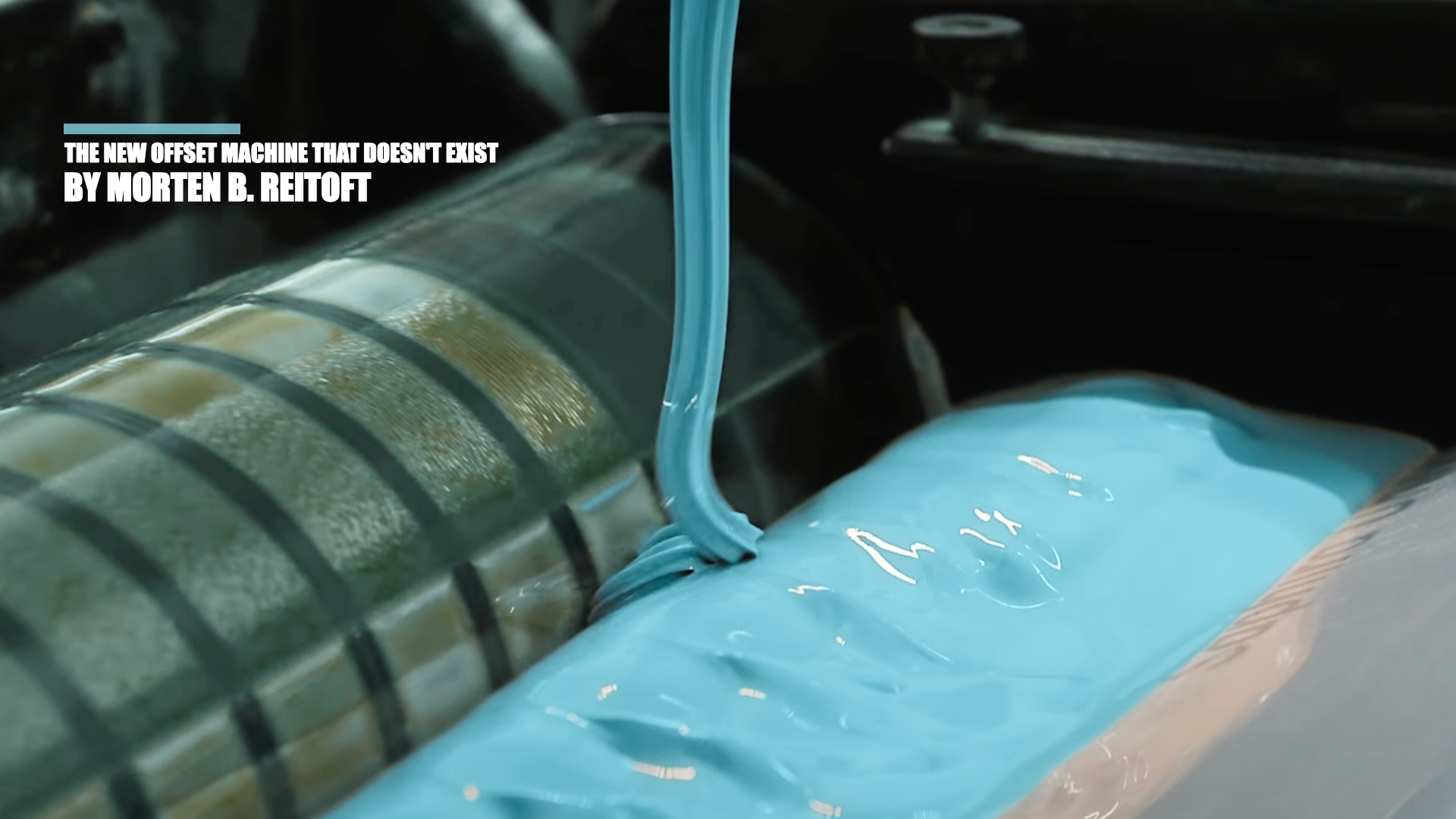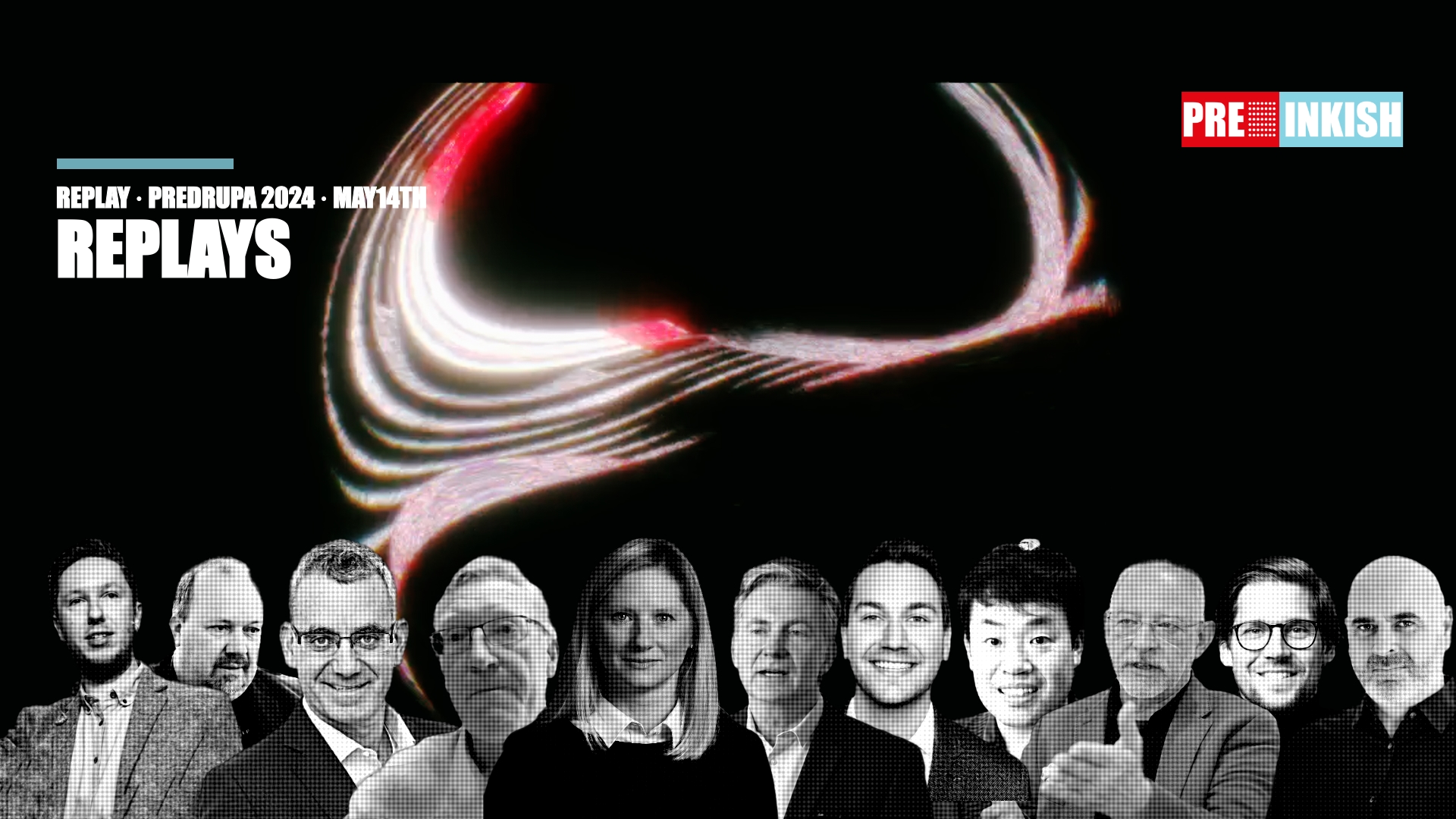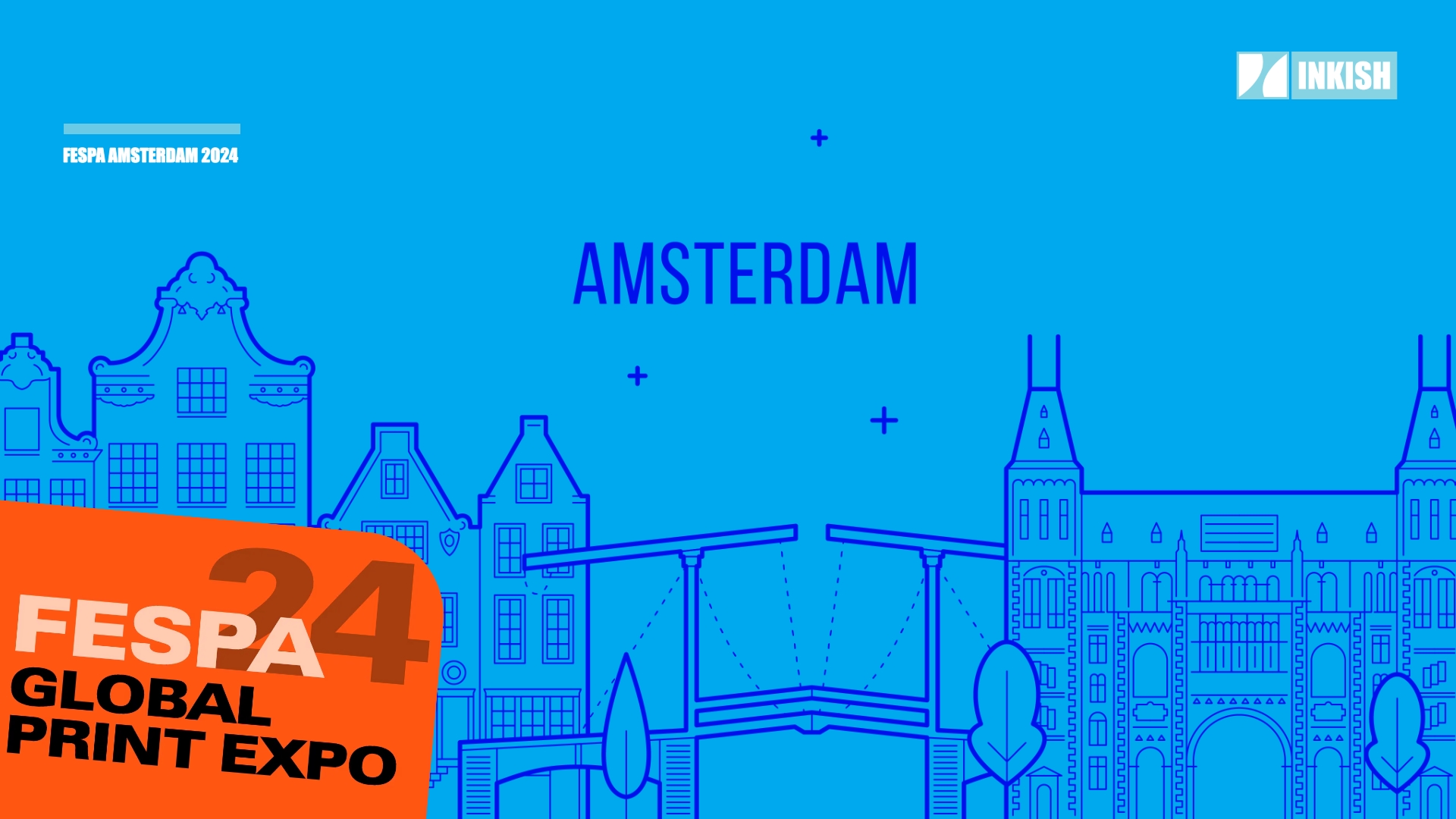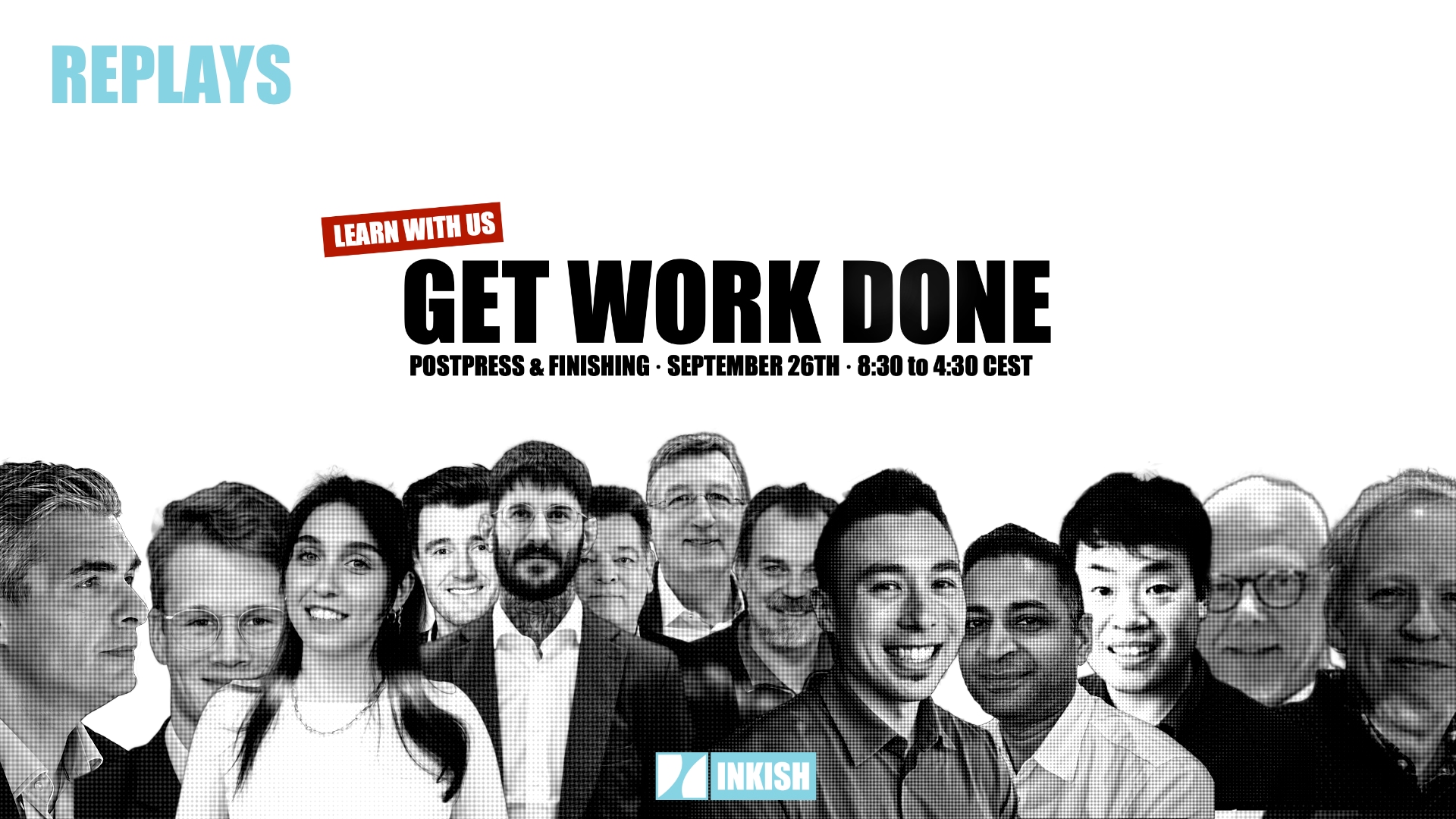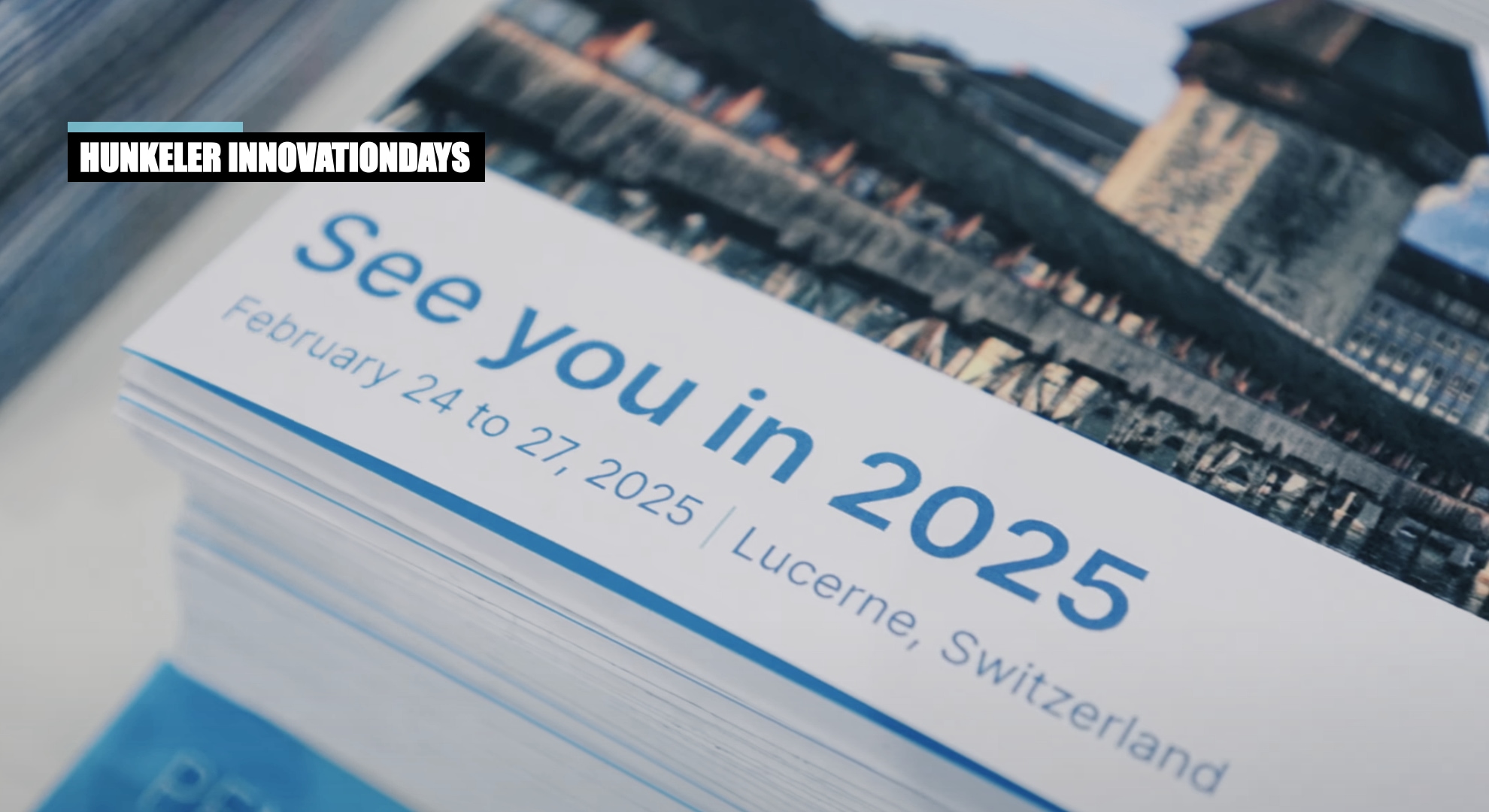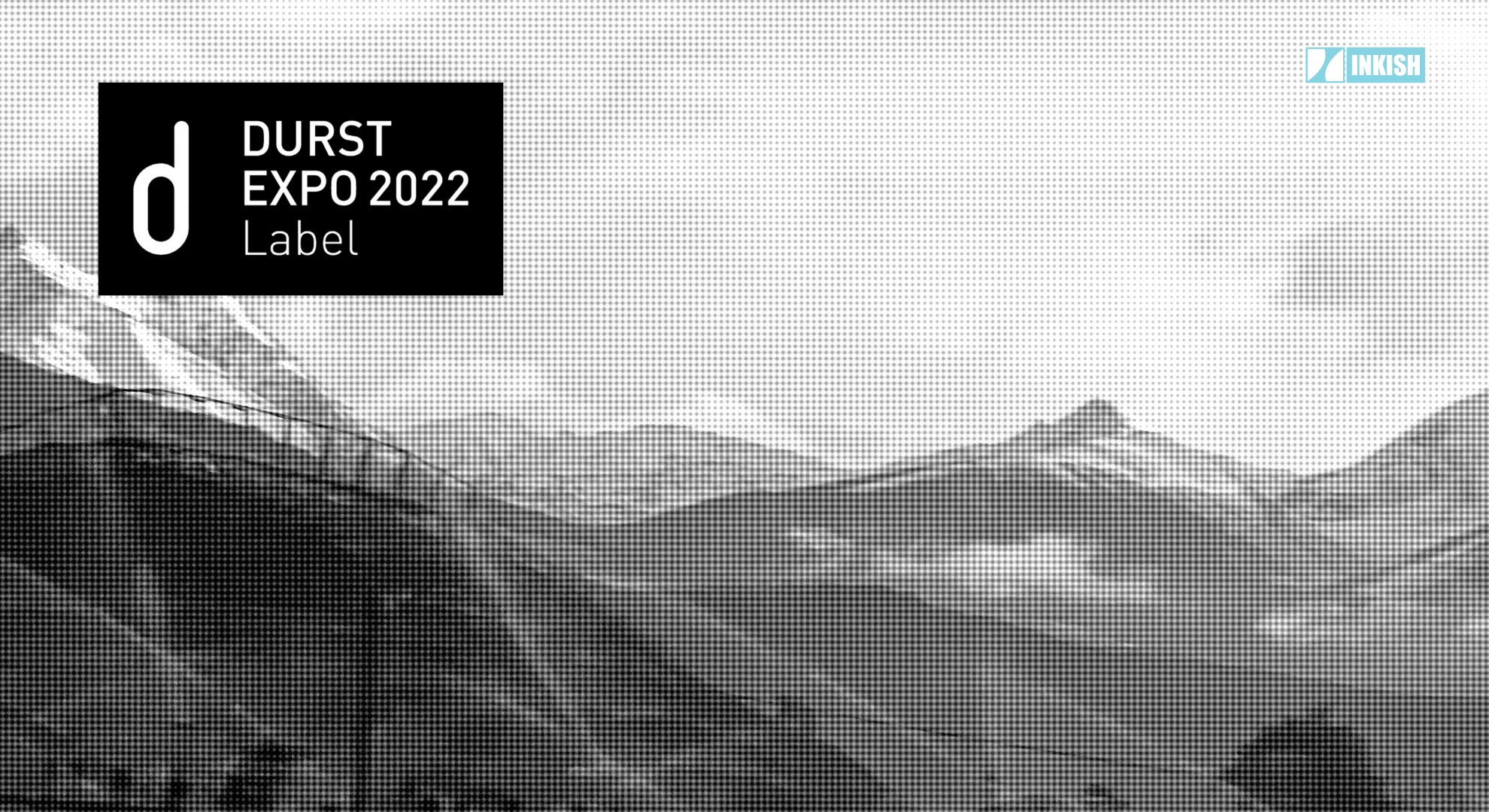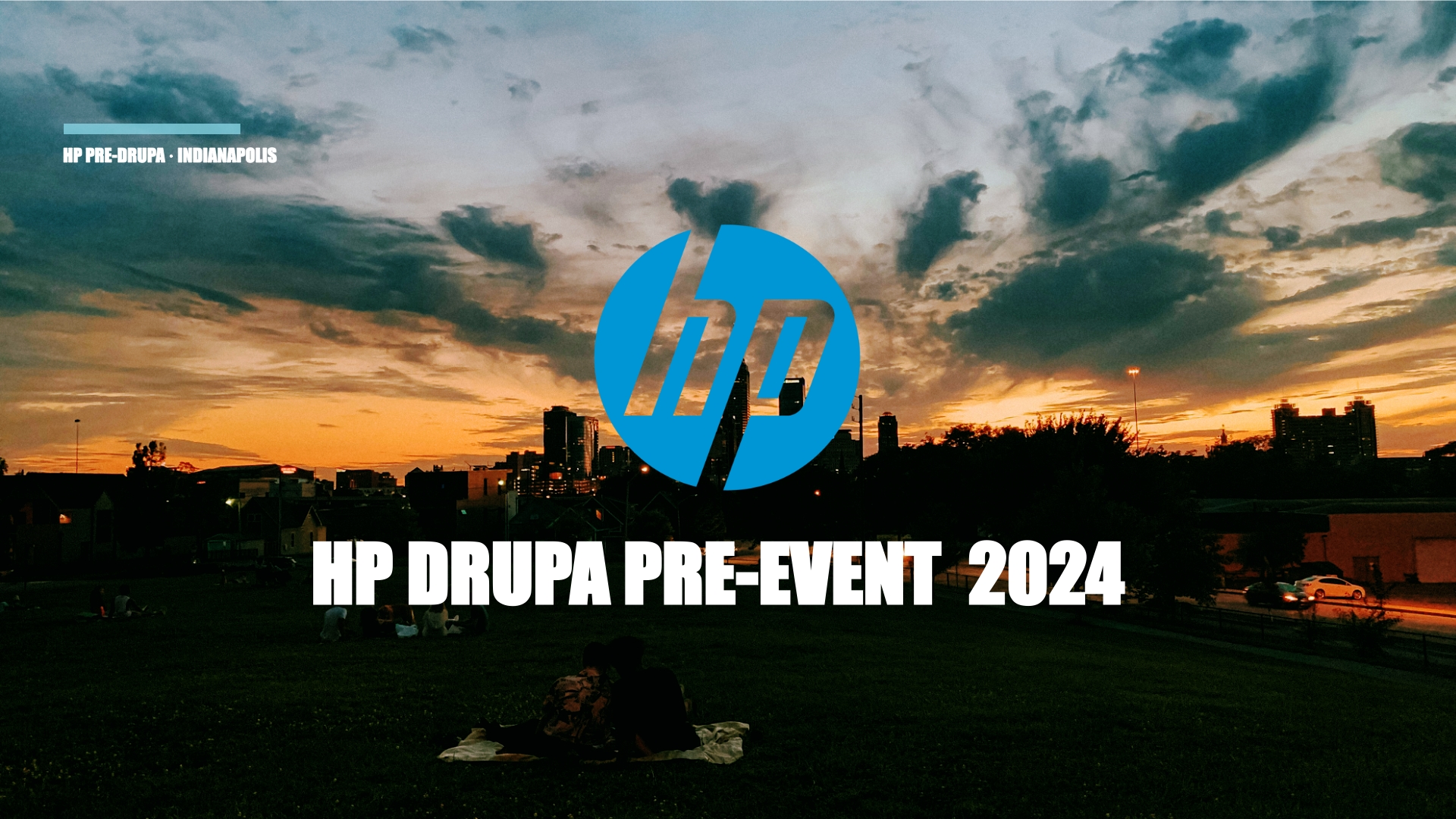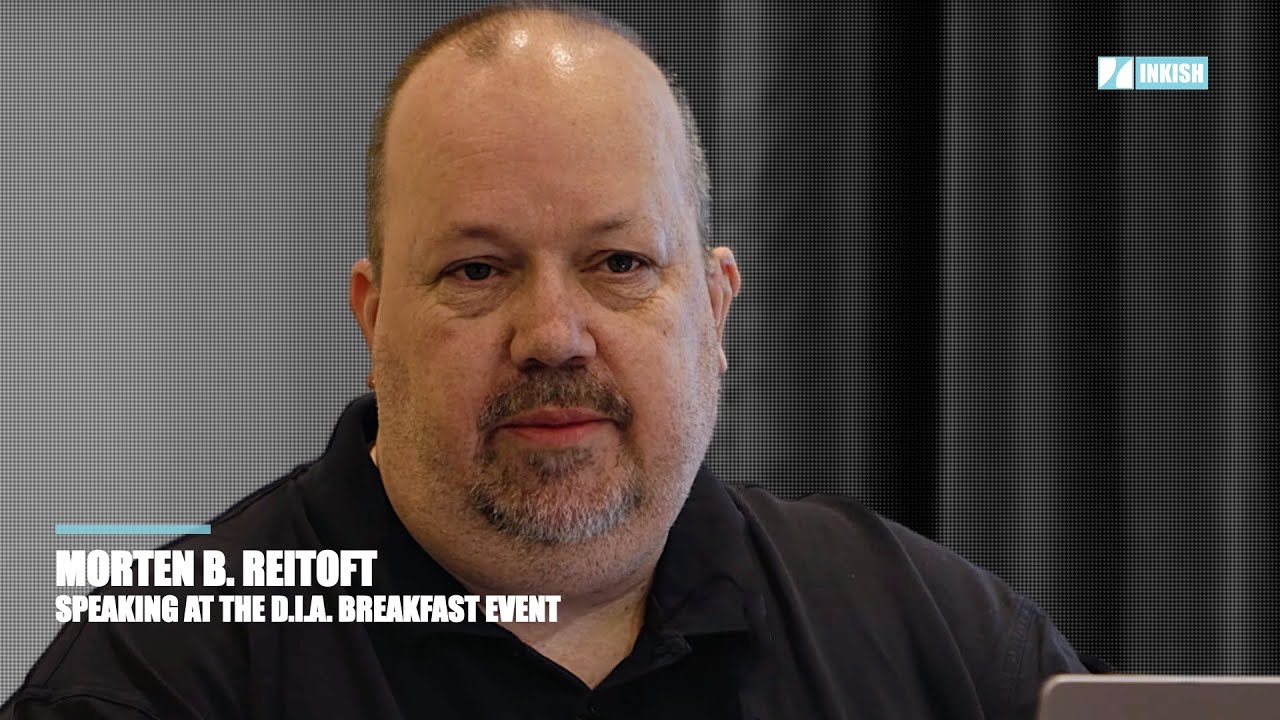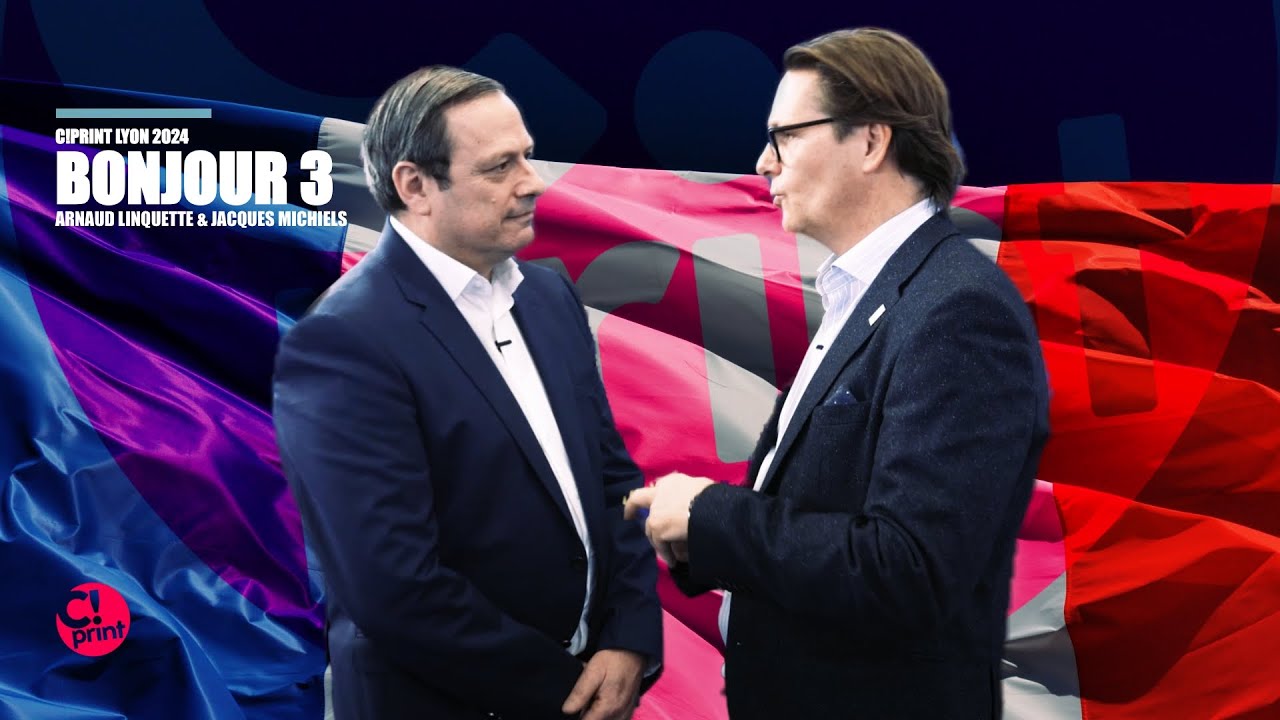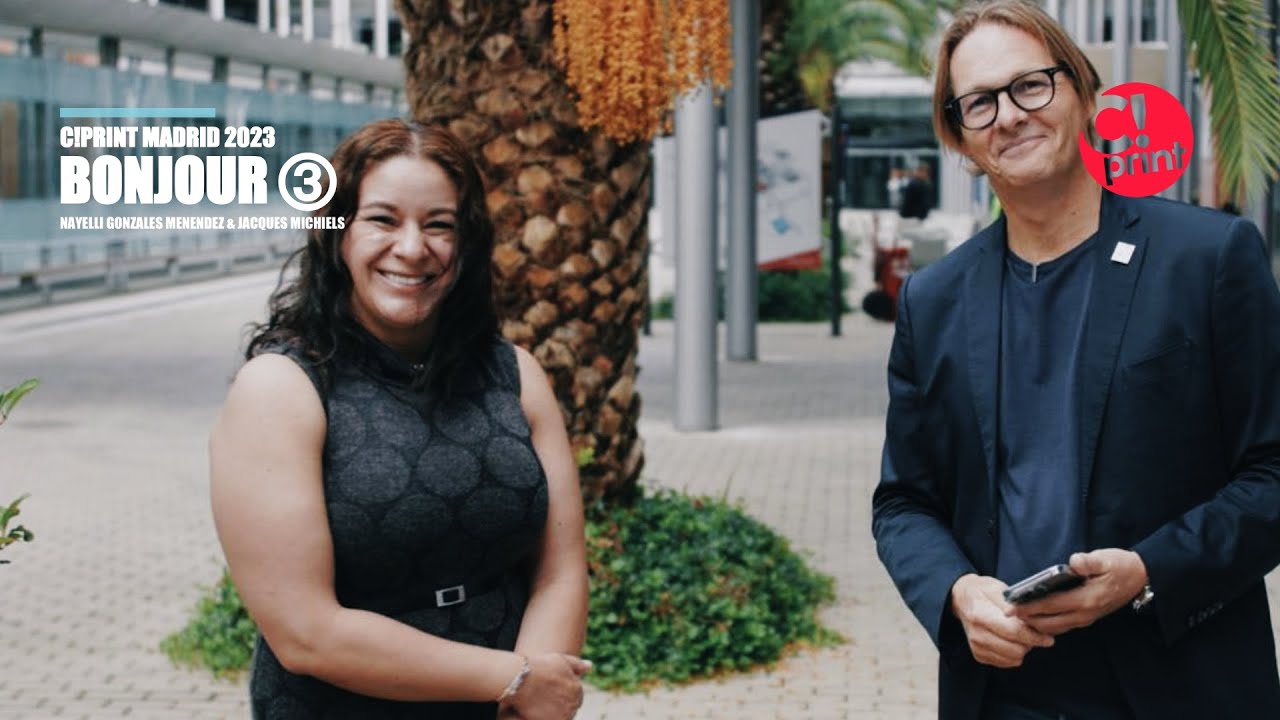 denmark
denmark


Denmark (Danish: Danmark, pronounced [ˈtænmak] (![]() listen)), officially the Kingdom of Denmark,[N 9][N 2] is a Nordic country. Denmark proper, which is the southernmost of the Scandinavian countries, consists of a peninsula, Jutland, and an archipelagoof 443 named islands,[N 2][10] with the largest being Zealand, Funen and the North Jutlandic Island. The islands are characterised by flat, arable land and sandy coasts, low elevation and a temperate climate. The southernmost of the Scandinavian nations, Denmark lies southwest of Sweden and south of Norway,[N 10] and is bordered to the south by Germany. The Kingdom of Denmark also includes two autonomous constituent countries in the North Atlantic Ocean: the Faroe Islandsand Greenland. Denmark has a total area of 42,924 km2 (16,573 sq mi), land area of 42,394 km2 (16,368 sq mi),[3] and the total area including Greenland and the Faroe Islands is 2,210,579 km2 (853,509 sq mi), and a population of 5.8 million (as of 2019).[11]
listen)), officially the Kingdom of Denmark,[N 9][N 2] is a Nordic country. Denmark proper, which is the southernmost of the Scandinavian countries, consists of a peninsula, Jutland, and an archipelagoof 443 named islands,[N 2][10] with the largest being Zealand, Funen and the North Jutlandic Island. The islands are characterised by flat, arable land and sandy coasts, low elevation and a temperate climate. The southernmost of the Scandinavian nations, Denmark lies southwest of Sweden and south of Norway,[N 10] and is bordered to the south by Germany. The Kingdom of Denmark also includes two autonomous constituent countries in the North Atlantic Ocean: the Faroe Islandsand Greenland. Denmark has a total area of 42,924 km2 (16,573 sq mi), land area of 42,394 km2 (16,368 sq mi),[3] and the total area including Greenland and the Faroe Islands is 2,210,579 km2 (853,509 sq mi), and a population of 5.8 million (as of 2019).[11]
The unified kingdom of Denmark emerged in the 10th century as a proficient seafaring nation in the struggle for control of the Baltic Sea.[2] Denmark, Sweden, and Norway were ruled together under one sovereign ruler in the Kalmar Union, established in 1397 and ending with Swedish secession in 1523. The areas of Denmark and Norway remained under the same monarch until 1814, Denmark–Norway. Beginning in the 17th century, there were several devastating wars with the Swedish Empire, ending with large cessions of territory to Sweden. After the Napoleonic Wars, Norway was ceded to Sweden, while Denmark kept the Faroe Islands, Greenland, and Iceland. In the 19th century there was a surge of nationalist movements, which were defeated in the First Schleswig War. After the Second Schleswig War in 1864, Denmark lost the Duchy of Schleswig to Prussia. Denmark remained neutral during World War I, however, in 1920 the northern half of Schleswig became Danish again. In April 1940, a German invasion saw brief military skirmishes while the Danish resistance movement was active from 1943 until the German surrender in May 1945. An industrialised exporter of agricultural produce in the second half of the 19th century, Denmark introduced social and labour-market reforms in the early 20th century that created the basis for the present welfare state modelwith a highly developed mixed economy.
The Constitution of Denmark was signed on 5 June 1849, ending the absolute monarchy, which had begun in 1660. It establishes a constitutional monarchy organised as a parliamentary democracy. The government and national parliament are seated in Copenhagen, the nation’s capital, largest city, and main commercial centre. Denmark exercises hegemonic influence in the Danish Realm, devolving powers to handle internal affairs. Home rule was established in the Faroe Islands in 1948; in Greenland home rule was established in 1979 and further autonomy in 2009. Denmark became a member of the European Economic Community (now the EU) in 1973, but negotiated certain opt-outs; it retains its own currency, the krone. It is among the founding members of NATO, the Nordic Council, the OECD, OSCE, and the United Nations; it is also part of the Schengen Area. Denmark has close ties to its Scandinavian neighbours also linguistically, with the Danish language being partially mutually intelligible with both Norwegian and Swedish.
Denmark is considered to be one of the most economically and socially developed countries in the world.[12] Danes enjoy a high standard of living and the country ranks highly in some metrics of national performance, including education, health care, protection of civil liberties, democratic governance, prosperity, and human development.[13][14][15] The country ranks as having the world’s highest social mobility,[16] a high level of income equality,[17] has the lowest perceived level of corruption in the world, the eleventh-most developed in the world, has one of the world’s highest per capita incomes, and one of the world’s highest personal income tax rates.[18]
Photo Credits:
Photo by Max Adulyanukosol on Unsplash
Photo by Mona Eendra on Unsplash
Photo by Julian Hochgesang on Unsplash
Jens Christian Christiansen · CEO · BCM Transtech · SuperCORRExpo
We are at SuperCORRExpo and meeting up with Jens Christian Christiansen, the CEO of BCM Transtech. BCM presented a new storage solution at the show, helping customers handle rotary dies and printing sleeves/plates in a super automated setup. The company has 25 years of experience and is a leader in its field - and a story on its own based on recognition from a FEFCO award in 1999. For now, enjoy the story from SuperCORRExpo.
Morten B Reitoft · INKISH · PreDrupa LIVE · May 14th 2024 · Replay
Editor Morten B. Reitoft welcomes the audience to the final pre-Drupa Live event, the fourth in a series. He acknowledged previous technical issues in Casablanca and hoped for a smoother session - which we got :-) The program will feature Matthew Faulkner from Canon as the first guest and will be broadcast on multiple platforms (LinkedIn, Inkish TV, YouTube, and Facebook), encouraging audience engagement through questions. Reitoft discusses the impact of Drupa's cancellation in 2020 due to COVID-19 and the industry's anticipation for the 2024 edition, which is two weeks away. He describes the planning process, which began a year ago, and the creation of a physical brochure called "Drupa 24" featuring high-profile industry figures like Montserrat Peidro, Ulrich Stetter, Anthony Thirlby, François Martin, John Sommers, Paul Hudson, and Sarah Kilcoyne-Guilliam, offering their perspectives on the event. A daily segment called "Bonjour," a casual show featuring industry guests over croissants and coffee, is mentioned, with hosts like Pat McGrew. Key guests for these segments include Dr. Andreas Pleßke, Annette Friskopp, Daniel Erni, Ralf Sameck, Christoph Gamper, Julie Watson, Yasu Taketsugu, Jennifer Kolloczek, Volker Leonhardt, Diego Dias, Jordi Giralt, Erik Normann, and Tim Sterbach. Reitoft highlights the extensive coverage planned for Drupa, with over 300 films and episodes featuring industry insights on technology, business, sustainability, IoT, robots, and workflow. INKISH and its content partners will be key sources for updates on the event. They also introduce the INKISH In-Flight magazine, a 144-page printed publication available as a physical copy or a digital file, with an option to have it delivered to hotels for €15. The speaker expresses excitement for Drupa and its opportunities for networking and technology showcases, transitioning to the first guest, Matthew Faulkner, with a brief introduction.
Super Satisfied Canon iX3200 customer · Morten Jespersen · Lasertryk / Scandinavian Print Group
It doesn't happen SO often that INKISH makes films in our backyard, but it's so nice when it happens. The first INKISH film was ALSO from Lasertryk in Denmark, but many things have changed. Back then, Xerox iGens were the workhorses of the time - now you see HP Indigo, the Canon iX3200, and, of course, the two Heidelberg XL106 - and a tonne of binding and finishing equipment. In this film, Production Manager Morten Jespersen explains how the IX3200 fits into the production and when they choose to work with either of the technologies available. Great to be back, and it is always fun to see how companies develop with a combination of focused people and the right investments! Here you can see the first INKISH film ever - also from Lasertryk :-)
Replay · Why Marketing ROI is ZERO · Morten B. Reitoft · INKISH
In this webinar, Morten B. Reitoft shares his experience in marketing, emphasizing the importance of instinct over data-driven approaches. He expresses skepticism about the effectiveness of commonly used marketing buzzwords and techniques, particularly in high-value, long-decision industries like printing. The webinar challenges the traditional reliance on metrics like clicks and views, arguing that these may not translate into real business value. Reitoft advocates for more authentic, quality-focused marketing strategies that resonate with specific audiences. The discussion also highlights the disparity between B2C and B2B marketing, stressing the need for tailored approaches that address specific customer needs in the business world. The speaker warns against superficial online marketing tactics and underlines the importance of understanding the market and the products being marketed. They suggest that marketing should be about driving immediate conversions and building relationships and trust, which are crucial for long-term sales in the B2B sector. Furthermore, the webinar addresses the challenges of measuring marketing ROI meaningfully, proposing that traditional metrics may not accurately reflect the impact of marketing efforts on sales, especially in industries with long sales cycles. The speaker encourages marketers to focus on creating relevant content and engaging with customers meaningfully, using marketing as a tool for education and relationship-building rather than just for pushing sales. Overall, the webinar provides insights into more thoughtful, customer-centric marketing strategies, questioning conventional marketing wisdom and advocating for a more nuanced, instinct-driven approach in the complex world of B2B marketing. Download the Presentation here.
C!Print Madrid 2023 – Bonjour day 2 · Florent Zucca & Monica Calvo
The second “Bonjour,” our morning edition today, is in the good company of our friends from the C!Print organization. We enjoyed hearing from Florent Zucca, marketing manager for all C!Print shows, and Mónica Calvo, responsible for the Madrid edition. What is their view on the changing and challenging times they and their clients face and that they see developing here and in the rest of Europe? Good insides as they are also a kind of a barometer for the health of the sector. ___ El segundo “Bonjour”, nuestra edición matutina de hoy – antes de la inauguración de la exposición – está en buena compañía de nuestros amigos de la organización C!Print. Tenemos el placer de escuchar a Florent Zucca, responsable de marketing de todas las ferias de C!Print y a Mónica Calvo, responsable de la edición de Madrid. ¿Cuál es su opinión sobre los tiempos cambiantes y desafiantes que enfrentan y que ven desarrollarse aquí y en el resto de Europa? Buenos informationes porque también son una especie de barómetro de la salud del sector.
















